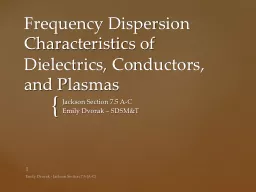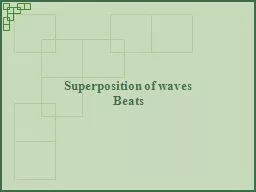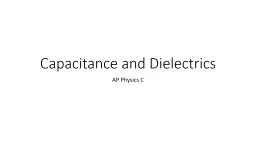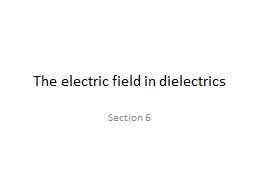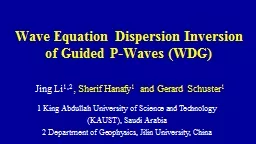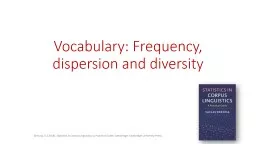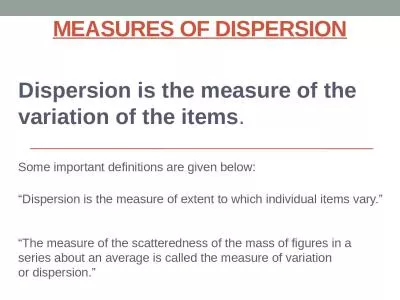PPT-Frequency Dispersion Characteristics of Dielectrics, Conduc
Author : tawny-fly | Published Date : 2016-10-30
Jackson Section 75 AC Emily Dvorak SDSMampT Emily Dvorak Jackson Section 75 AC 1 Introduction Simple Model for ε ω Anomalous Dispersion and Resonant Absorption
Presentation Embed Code
Download Presentation
Download Presentation The PPT/PDF document "Frequency Dispersion Characteristics of ..." is the property of its rightful owner. Permission is granted to download and print the materials on this website for personal, non-commercial use only, and to display it on your personal computer provided you do not modify the materials and that you retain all copyright notices contained in the materials. By downloading content from our website, you accept the terms of this agreement.
Frequency Dispersion Characteristics of Dielectrics, Conduc: Transcript
Download Rules Of Document
"Frequency Dispersion Characteristics of Dielectrics, Conduc"The content belongs to its owner. You may download and print it for personal use, without modification, and keep all copyright notices. By downloading, you agree to these terms.
Related Documents

